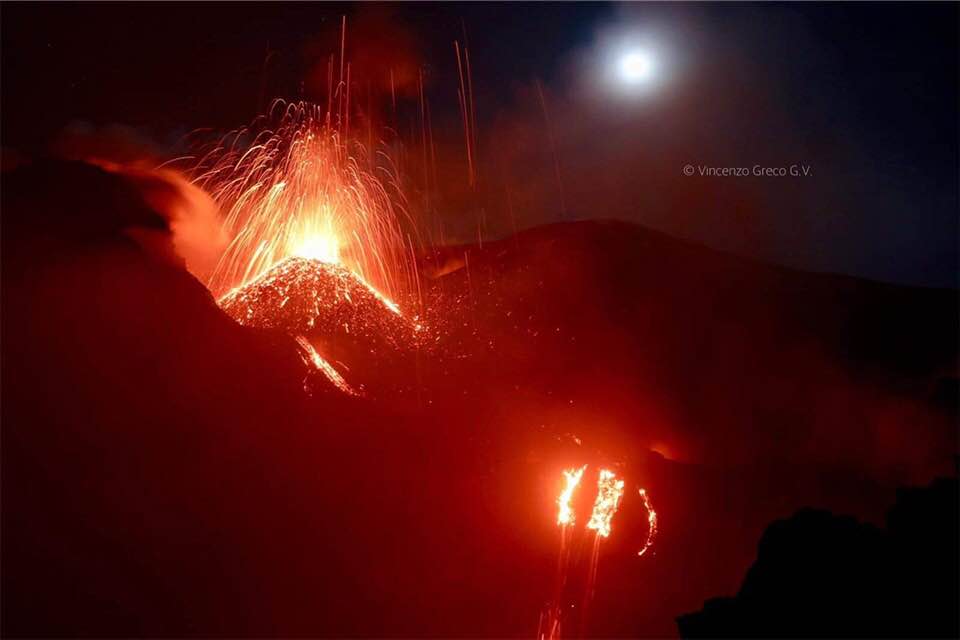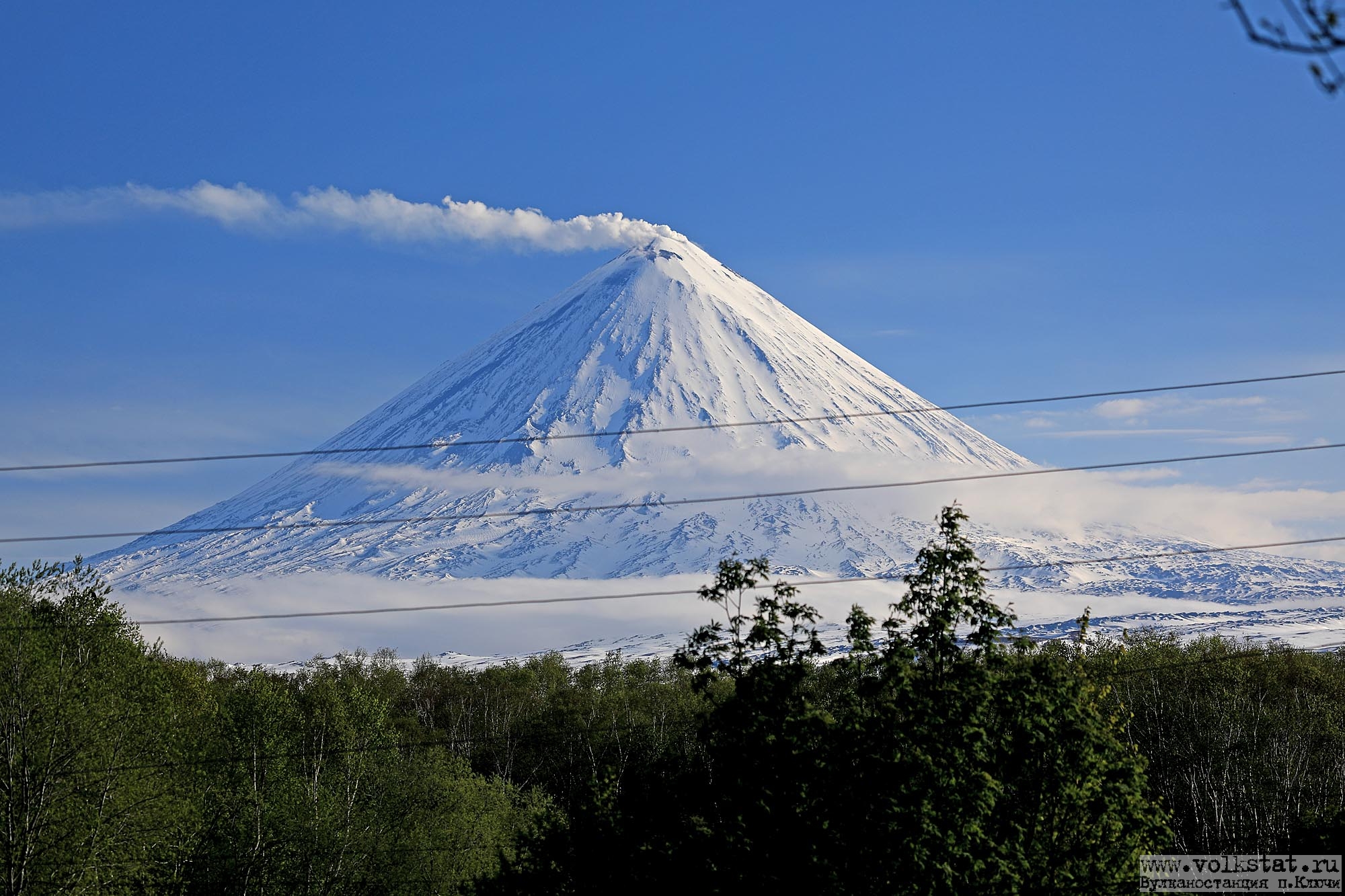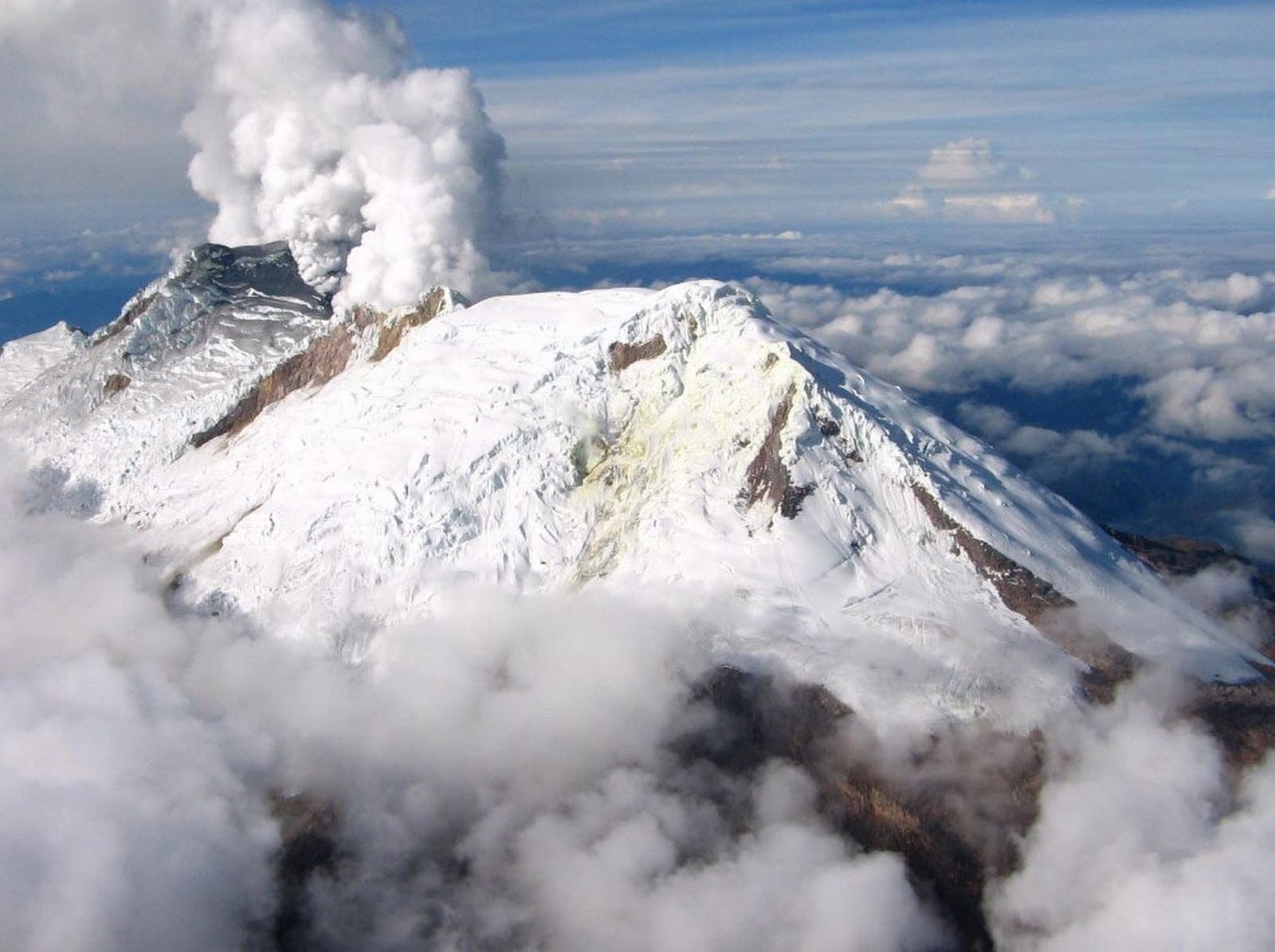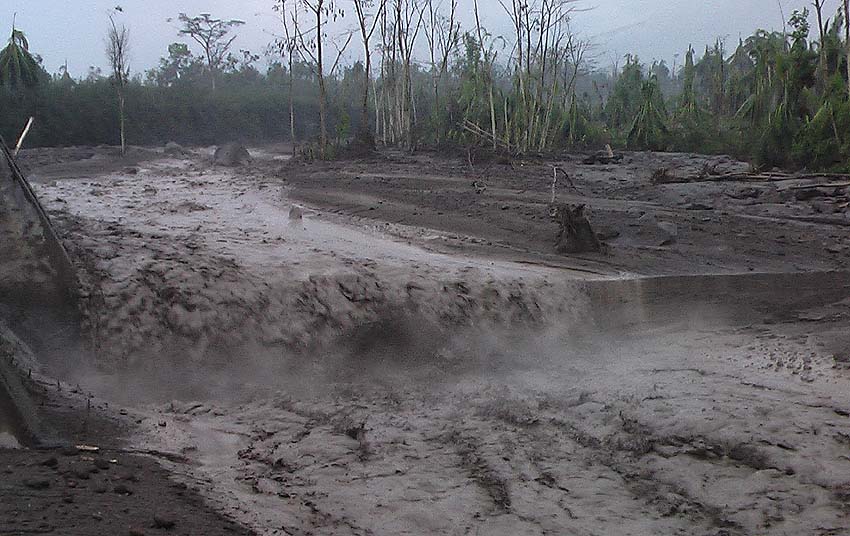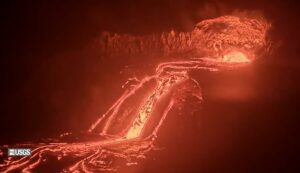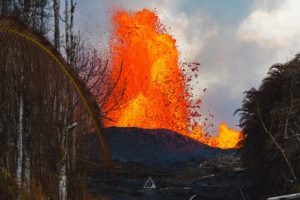September 25 , 2019.
Italy / Sicily , Etna :
Weekly Activity Bulletin , ETNA , 16 September 2019 – 22 September 2019 (date of issue 24/09/2019)
SUMMARY OF ACTIVITY
In light of the monitoring data, we highlight:
1)VOLCANOLOGICAL OBSERVATIONS: Strombolian activity and intra-crateric effusion of the crater of Voragine. Rare ash emission from the Northeast crater. Ordinary degassing activity of the other craters of the summit.
2) SISMOLOGY: Modest seismicity due to fracturing; average amplitude of the tremor variable around the mean and high values
3) INFRASONS: high infrasonic activity.
4) DEFORMATIONS: Etna soil deformation monitoring networks did not reveal any significant variation in communication during the last week.
5) GEOCHEMISTRY: SO2 flows are at an average level. Terrestrial CO2 fluxes show a slight upward trend and are at average values. The partial pressure of CO2 in the soil does not show any significant changes. Helium isotopic ratio values are at medium-high values (latest data available on September 5).
VOLCANOLOGICAL OBSERVATIONS.
The monitoring of the volcanic activity of the craters of the summit of Etna during the week was carried out by analyzing the images of the surveillance cameras of the INGV – Catania Section, Osservatorio Etneo (INGV-OE) and by through inspections carried out in the summit area by INGV staff on 19 and 21 September.
During the period under review, Etna’s activity was characterized by Strombolian explosive activity and intra-crateric effusion in the Voragine crater (VOR) and by sporadic ash emission from the Northeast Crater ( NEC). The other craters on the summit were affected by an ordinary degassing activity.
In detail, Strombolian activity continued from the opening of active vents at the bottom of the Voragine Crater (VOR) where, due to the accumulation of exploded products, a slag cone was formed (see the weekly bulletin Etna, Rep. No. 38/2019) which continued to grow during the period under review.
At the end of the afternoon of September 18th, the volcanological guides observed that the explosive activity in the crater of the Voragine (VOR) intensified; coarse materials mixed with ashes were emitted from several vents, reaching a height of several tens of meters. We also observed the formation of an intra-crater flow that, after approaching the western base of the slag cone, moved southward, advancing several hundred meters. The flow then passed the saddle which divides the craters of Voragine and Bocca Nuova into two arms. While advancing inside the Bocca Nuova, the flow formed several branches, one of which flowed in the crater Bocca Nuova -1, while the other stopped near the edge of the crater BN-2. During the inspection of 19 September, it was verified that the explosive and effusive activity continued with the characteristics described above. According to the observations of the volcanological guides, the casting, on September 22, is in cooling, while the crater of the Voragine (VOR) maintained a strong Strombolian activity, but with a frequency of explosions lower than that of the previous days.
The crater of the Northeast was characterized by intense and continuous degassing throughout the period studied. The low diluted ash emissions reported last week (see Etna Weekly Newsletter, Rep. No. 38/2019) are no longer observed, with the exception of 22 September, when the volcanological guides reported having again observed the emission of ash from the Northeast crater.
Seismology:
Seismicity: Fracture-type seismicity was modest and only 6 earthquakes exceeded magnitude 2.0. The main energy releases were recorded on the 17th, when two seismic events of a magnitude of 3.2 (at 21:32 UTC) and 3.1 (at 18:40 UTC) affected the west face of the volcano, at East of Monte Minardo and at an average depth of 4 km above sea level. On the same day, this zone was characterized by the occurrence of two other earthquakes of lesser magnitude. The rest of the seismicity was located in the area of the summit of the volcano, in the East-South-East sector of the central craters, in a range of depth between 0.8 and 1.4 km.
Source : INGV Vulcani.
Read the full article : file:///C:/Users/Utilisateur/AppData/Local/Packages/Microsoft.MicrosoftEdge_8wekyb3d8bbwe/TempState/Downloads/Bollettinoetna20190924%20(1).pdf
Photos : Vincenzo Greco , Gio Giusa.
Kamchatka , Klyuchevskoy :
VOLCANO OBSERVATORY NOTICE FOR AVIATION (VONA).
Issued: September 24 , 2019 .
Volcano: Klyuchevskoy (CAVW #300260)
Current aviation colour code: GREEN
Previous aviation colour code: yellow
Source: KVERT
Notice Number: 2019-142
Volcano Location: N 56 deg 3 min E 160 deg 38 min
Area: Kamchatka, Russia
Summit Elevation: 15580 ft (4750 m)
Volcanic Activity Summary:
According to visual and video data, a moderate gas-steam activity of the volcano continues. Satellite data by KVERT showed sometimes a weak thermal anomaly over the volcano, but the temperature of the anomaly steady decreased. Ash plumes were observed on 02 July, 2019, last time. KVERT continues to monitor Klyuchevskoy volcano.
A gas-steam activity of the volcano continues. Aerosol plumes could affect low-flying aircraft.
Volcanic cloud height: NO ASH CLOUD PRODUSED
Other volcanic cloud information: NO ASH CLOUD PRODUSED
Source : Kvert.
Photo : Volkstat ru / Yu. Demyanchuck.
Colombia , Nevado del Huila :
Weekly activity bulletin of the Nevado del Huila volcano
The level of activity of the volcano continues at Activity Level Yellow or (III): changes in the behavior of volcanic activity.
According to the analysis and evaluation of the information obtained through the monitoring network of the Nevado del Huila volcano during the week of September 17 to 23, 2019, the Colombian Geological Service Volayological and Volatological Observatory of Popayán informs than :
• During the evaluated period, 303 seismic events were recorded, of which 172 related to rock fracturing processes (type VT) and 131 to fluid dynamics in volcanic conduits. Of these, 125 have been cataloged as long-period (LP type) and six (6) events as low energy tremor pulses (TR type).
• On 23 September, a mobile measurement of SO2 emissions from the Nevado del Huila volcano was carried out between the cities of Tunía and Villarrica (Cauca). The column of gas was detected between the populations of Tunía and Santander de Quilichao and the calculated flow rate was 1025 t / day, which is considered low.
• The images obtained during the week by the webcams of Caloto, Tafxnú, Maravillas and La Palma showed a weak degassing of the volcanic system.
• Monitoring sensors for soil deformation, magnetic fields and infrasonic waves have not recorded any changes due to changes in volcanic activity.
Therefore, it is concluded that the volcano continued to exhibit stable behavior during the evaluated period. The Colombian geological service remains attentive to the evolution of the volcanic phenomenon and will inform in due time about the changes that may occur.
Source : SGC.
Photo : Parque-Nacional .
Guatemala , Fuego :
Volcano Special Bulletin, September 24 , 2019 at 14:59 local time.
MODERATES LAHARES IN THE LAS LAJAS AND JUTE RAVINES
Type of activity: Vulcanian
Morphology: Composite Stratovolcano
Geographical location: 14 ° 28’54˝Latitude N; 90 ° 52’54˝Longitude O.
Height: 3,763msnm.
The constant rainfall recorded over the past few hours in the Fuego Volcano region, as well as the accumulation of moisture from the last days, are currently generating weak to moderate lahars in the El Jute ravine, a tributary of the Achiguate River and in Las Lajas ravine, a tributary of the Guacalate River.
These lahars have the following characteristics: they involve volcanic materials such as ashes, sand and blocks 1 and 2 meters in diameter that vibrate the ground and generate sounds of rock shock. Trained equipment has been deposited by constant eruptive activity and it is expected that similar events will continue, the probability that they may increase and become stronger in their downstream descent should not be ruled out.
As the rains continue, the probability that lahars can be generated in any of the canyons of the Fuego volcano is not excluded.
Source : Insivumeh ( Fredy Arnoldo Esquit Chiquitá )
Photo : Caroline Sarrazin , Rés-EAUx .

